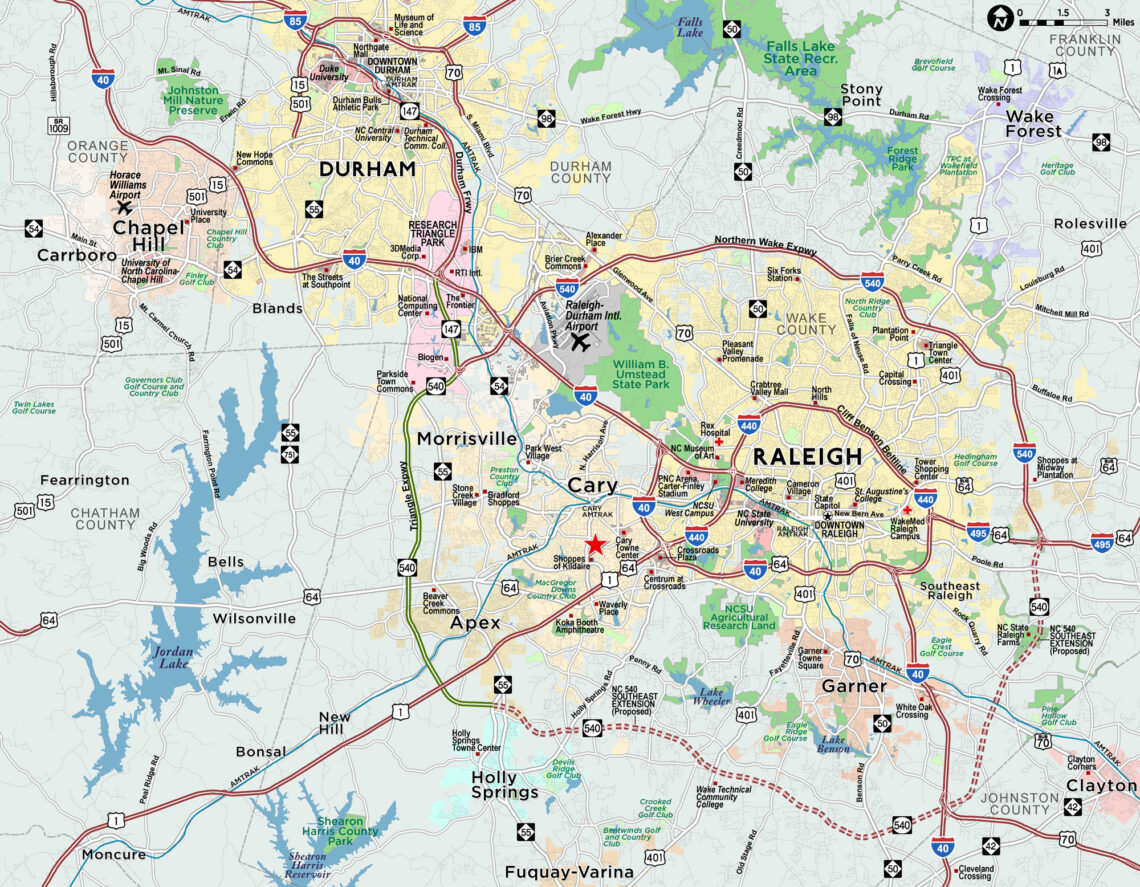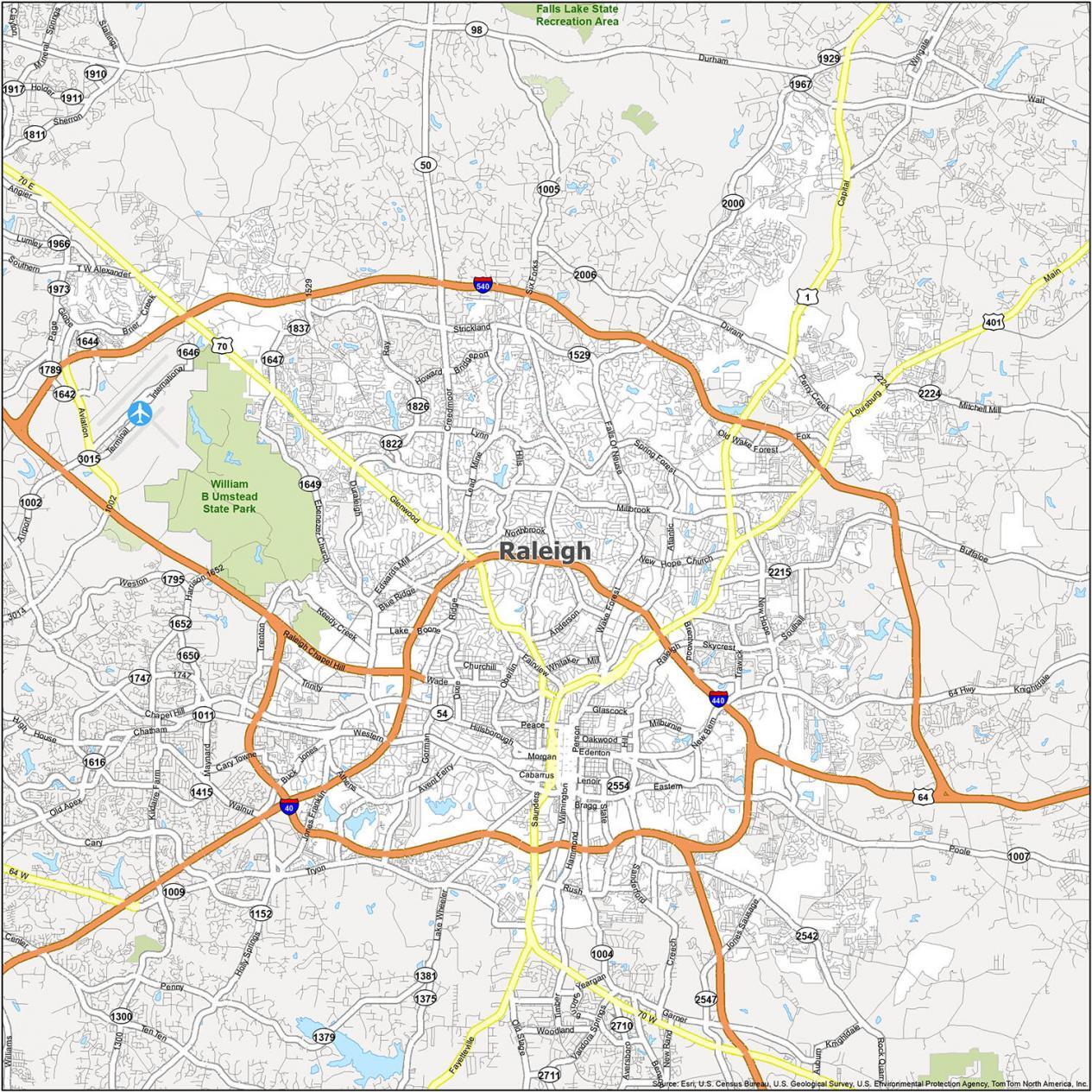Raleigh Rub Maps offer a unique perspective on the North Carolina capital. Unlike traditional city maps, these specialized cartographic representations focus on specific features, often highlighting recreational areas, trails, and points of interest for a more targeted user experience. This exploration delves into the creation, purpose, and future of these increasingly relevant tools for navigating and understanding Raleigh.
The geographical scope of Raleigh rub maps typically encompasses popular parks, greenways, and notable landmarks within the city limits. These maps often prioritize visual clarity and ease of navigation over comprehensive detail, making them ideal for outdoor enthusiasts and casual explorers. Their simplified design distinguishes them from standard city maps, which aim for complete geographical representation. This focus on specific areas and activities offers a different approach to urban exploration, emphasizing experiential navigation over precise location pinpointing.
Understanding Raleigh Rub Maps: A Geographic Overview
Raleigh rub maps are simplified, informal maps designed for quick and easy navigation within specific areas of Raleigh, North Carolina. Unlike detailed city maps, they prioritize key points of interest and routes, sacrificing comprehensive geographical detail for ease of use.
Geographical Area and Featured Locations
Typical Raleigh rub maps cover localized areas, often focusing on a neighborhood, park, or a cluster of related attractions. The geographical area covered can vary greatly, from a single city block to a few square miles. Commonly featured locations include parks, walking trails, significant landmarks (historical buildings, museums, etc.), public transportation stops, and points of interest relevant to the targeted audience.
For example, a rub map for a local park might highlight trails, picnic areas, restrooms, and playgrounds, omitting less relevant features like residential streets or businesses outside the park perimeter.
Differences from Standard City Maps

Source: redpawtechnologies.com
Raleigh rub maps differ significantly from standard city maps in terms of scale, level of detail, and intended use. Standard city maps offer a comprehensive overview of the entire city, with a detailed street network and numerous points of interest at a smaller scale. Rub maps, conversely, utilize a larger scale to emphasize specific locations within a limited area, sacrificing detailed street information for clarity and ease of navigation within the target area.
They are not intended for broad city navigation but for convenient local orientation.
Map Type Comparison Table
| Map Type | Scale | Typical Features | Intended User |
|---|---|---|---|
| Raleigh Rub Map (Park) | Large (e.g., 1:2,000) | Trails, picnic areas, restrooms, playgrounds | Park visitors, hikers |
| Raleigh Rub Map (Downtown) | Medium (e.g., 1:5,000) | Main streets, landmarks, public transport, parking | Tourists, shoppers |
| Standard City Map | Small (e.g., 1:25,000 or smaller) | All streets, buildings, points of interest | Drivers, planners |
| Neighborhood Rub Map | Large (e.g., 1:10,000) | Residential streets, parks, community centers, schools | Residents, visitors |
The Purpose and Use of Raleigh Rub Maps
The primary function of Raleigh rub maps is to provide simple, user-friendly guidance within a specific, limited area. Their purpose is to aid navigation, not to offer a complete geographical representation.
Usage by Different Groups
Various groups utilize rub maps for different purposes. Tourists might use downtown rub maps to find key attractions and navigate easily. Residents might use neighborhood rub maps to find local amenities or plan walking routes. Park visitors often use rub maps to orient themselves within a park and locate specific features. Businesses may distribute rub maps highlighting their location and nearby attractions to draw customers.
Advantages and Disadvantages Compared to Digital Maps, Raleigh rub maps
Rub maps offer advantages in situations where digital access is limited or inconvenient, such as areas with poor cell service or when using a smartphone is impractical. They are also more resistant to technical failures and require no power or data connection. However, digital maps offer greater flexibility, scalability, and detail. Digital maps can easily incorporate interactive features, real-time updates, and personalized routes, making them superior for complex navigation tasks.
Comparison with Other City Map Types
Many cities utilize similar simplified map types, often tailored to specific needs, such as tourist maps, neighborhood guides, or event maps. However, the “rub map” designation, if used consistently in Raleigh, might imply a particular style, level of detail, or distribution method unique to the city. A direct comparison would require detailed analysis of similar map types from other cities to identify similarities and differences in design, content, and distribution strategies.
Data Sources and Creation of Raleigh Rub Maps
The creation of Raleigh rub maps involves a multi-stage process relying on various data sources and map-making techniques.
Data Sources and Compilation
Data sources for creating these maps likely include city records (street maps, park layouts, building locations), Geographic Information Systems (GIS) data, surveys, and on-the-ground observations. This raw data needs to be compiled, cleaned, and organized before it can be used to create the map. This involves verifying data accuracy, removing redundancies, and ensuring consistency.
Hypothetical Workflow
A hypothetical workflow might involve:
1. Data Acquisition: Gathering relevant data from various sources.
2. Data Cleaning and Processing: Cleaning and preparing the data for map creation, including georeferencing and data standardization.
3.
Map Design: Designing the layout, choosing symbols, and creating the legend.
4. Map Production: Creating the map using GIS software or other mapping tools.
5. Review and Quality Assurance: Reviewing the map for accuracy and usability.
6. Distribution: Distributing the map via print, online, or other methods.
Challenges in Map-Making
Potential challenges include data inconsistencies, outdated information, ensuring accessibility for all users, and balancing map simplicity with sufficient detail. Managing the scale and selecting appropriate features to include while omitting less relevant information is a crucial design challenge. Ensuring the map’s accuracy and readability are also critical considerations.
Reports of increased online activity related to Raleigh rub maps have prompted investigations into similar trends across different regions. Analysts are examining data from various online platforms, including classifieds sites like louisiana craigslist , to understand the broader scope of this phenomenon and its potential implications. Further research into Raleigh rub maps is needed to fully assess the situation.
Visual Elements and Design of Raleigh Rub Maps
Effective rub map design relies on clear visual communication to guide users efficiently. This involves careful consideration of color schemes, symbols, and the overall layout.
Visual Elements and Their Impact
Common visual elements include a clear and concise legend, easily identifiable symbols for different features (e.g., a tree icon for parks, a building icon for landmarks), a consistent color scheme to differentiate various elements, and a user-friendly layout that facilitates quick orientation. The choice of colors, font sizes, and symbol design significantly impacts the map’s usability and readability. For instance, using contrasting colors for important features ensures visibility, while a clear, uncluttered layout minimizes cognitive overload.
Design Principles for Effective Rub Maps
- Simplicity: Prioritize essential information and avoid clutter.
- Clarity: Use clear and consistent symbols and labels.
- Readability: Choose legible fonts and appropriate color contrast.
- Accuracy: Ensure the map accurately reflects the real-world locations.
- Orientation: Provide a clear sense of direction (north arrow).
Hypothetical Raleigh Rub Map Description
Imagine a rub map of the City Market area in downtown Raleigh. The map uses a warm color palette, with parks and green spaces depicted in shades of green, buildings in muted browns and yellows, and streets in light gray. A prominent red line highlights a suggested walking tour route. Key landmarks are clearly labeled with large, easy-to-read fonts.
The legend uses clear icons and concise labels. The map’s scale is large enough to show the relative positions of buildings and points of interest while maintaining readability.
Key Design Choice: Using a consistent color scheme and clear labeling ensures easy identification of key points of interest and aids navigation.
Key Design Choice: The large scale and simplified street network focus attention on the main attractions and walking routes.
Accessibility and Inclusivity in Raleigh Rub Maps
Accessibility and inclusivity are crucial considerations in rub map design to ensure all users can easily understand and use the map.
Incorporating Accessibility Features

Source: gisgeography.com
Accessibility features might include large print versions for visually impaired users, alternative formats such as braille or audio descriptions, and the use of color-blind friendly color schemes. The use of simple language and clear icons helps users with cognitive impairments. Providing maps in multiple languages caters to a diverse population.
Importance of Inclusivity
Inclusive map design ensures that everyone, regardless of their abilities or background, can access and understand the information presented. This promotes equal access to opportunities and contributes to a more equitable and welcoming community. Ignoring accessibility needs excludes segments of the population, hindering their ability to navigate and engage with their environment.
Barriers to Accessibility and Improvements
Potential barriers include the use of small fonts, poor color contrast, complex symbols, and a lack of alternative formats. Improvements include using larger fonts, incorporating tactile elements for visually impaired users, and offering the map in multiple languages and formats. Providing digital versions with zoom functionality also enhances accessibility.
Examples of Inclusive Design
Examples include using bold fonts for labels, incorporating tactile maps for visually impaired users, and offering audio descriptions of the map’s content. Providing the map in multiple languages, considering diverse literacy levels, and using universally understood symbols further enhances inclusivity.
The Future of Raleigh Rub Maps
Technological advancements and evolving user needs will likely shape the future of Raleigh rub maps.
Impact of Technological Advancements
Augmented reality (AR) technology could overlay digital information onto physical maps, enhancing the user experience. GPS integration could provide real-time location information. Interactive digital versions could incorporate personalized routing and other features. The increasing use of smartphones and other mobile devices may influence the design and distribution of rub maps, potentially leading to a greater reliance on digital formats.
Evolution to Meet Future Needs
Future rub maps might incorporate more interactive elements, dynamic data updates (e.g., real-time transit information), and personalized content tailored to individual user needs. They might also integrate with other city services, providing access to relevant information beyond just navigation.
New Applications and Uses
New applications could include integrating rub maps with smart city initiatives, using them to promote local businesses, or incorporating them into educational materials. They could also be used to guide users through specific events or festivals.
Future Use Case Scenario
Imagine a future where a visitor uses their smartphone to access an augmented reality version of a Raleigh rub map. The map overlays digital information onto their view of the real world, highlighting nearby points of interest, providing real-time directions, and offering relevant information about each location (e.g., opening hours, reviews). This integrated approach enhances the user experience and provides a more seamless and informative navigation system.
Conclusion
Raleigh rub maps represent a valuable tool for experiencing the city’s recreational landscape. Their evolution, influenced by technological advancements and changing user needs, suggests a future where these maps continue to adapt and enhance the way residents and visitors interact with and appreciate Raleigh’s unique features. The future promises more accessible, inclusive, and technologically advanced versions, enriching the city exploration experience for all.
